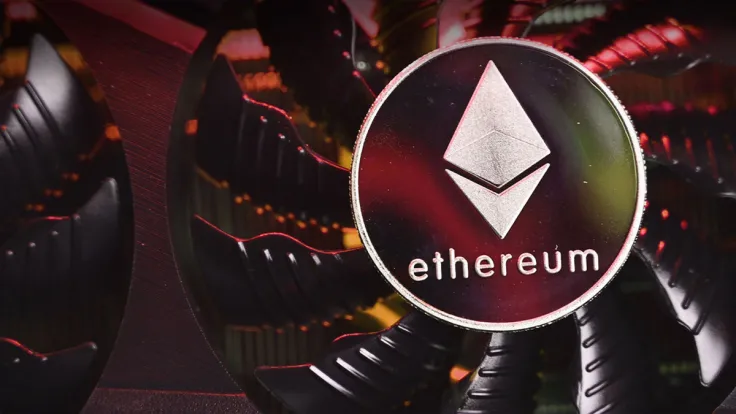
Disclaimer: The opinions expressed by our writers are their own and do not represent the views of U.Today. The financial and market information provided on U.Today is intended for informational purposes only. U.Today is not liable for any financial losses incurred while trading cryptocurrencies. Conduct your own research by contacting financial experts before making any investment decisions. We believe that all content is accurate as of the date of publication, but certain offers mentioned may no longer be available.
Ethereum's deflation was initially considered as the main fuel for the growth of the second biggest cryptocurrency on the market. However, the lack of network activity and the poor state of the DeFi and NFT industries opens up the main flaws of the mechanism.
Why did burn rate fall?
Ethereum's burning mechanism is a relatively simple system with an open and understandable set of rules. A certain percentage of each transaction fee goes to the burning address — a certain wallet that no person can access — hence, every ETH sent on it is technically removed from circulation.
Simply put, the greater the number of transactions on the network is, the higher the burn rate we are going to witness. During the DeFi and NFT era, Ether's burning machine has been destroying up to 200 ETH per block, worth approximately $1 million at ATH.
With the tumbling of the most transaction-consuming industries on the network, Ethereum's network load plunged massively, causing a drop in fee size, number of transactions on the network and descending burn rate.
However, even without NFTs and DeFi, Ethereum has been successfully burning enough coins to become completely deflationary, but after the FTX implosion that triggered a massive outflow of funds from the industry, the activity of the network dropped even further, causing a drastic decline in burning activities and pushing year-to-year issuance back above the deflation line.
At press time, Ethereum's supply is on the rise, with at least 2,400 new ETH produced since the implementation of the Merge update that switched off the outdated PoW consensus mechanism. However, positive issuance and the lack of network activity today do not determine Ethereum's long-term future.
 Alex Dovbnya
Alex Dovbnya Arman Shirinyan
Arman Shirinyan Dan Burgin
Dan Burgin Caroline Amosun
Caroline Amosun